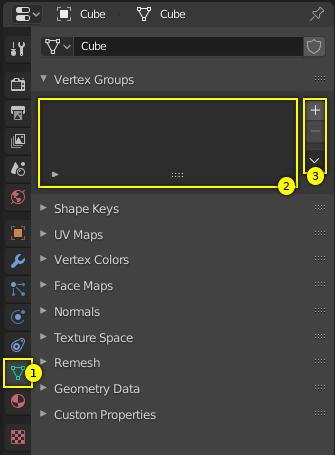


From the default screen, switch to UV Editing.After picking your image, be sure to tick the “Show Alpha” box of the texture to make sure transparency shows through, set Coordinate to “UV” under Mapping,.jpg images, you’ll have to have two copies of the desired texture – the base image and its alpha channel (a black and white image showing its transparency). Make a new material with a name and texture of your choice.Rotating it in Edit Mode makes it so that the plane’s axis is still aligned to the world’s axis. Enter edit mode and rotate the plane 90 degrees, with the plane parallel to your desired view plane. Add a plane to the center of the scene and on a second layer.Make sure Ambient Occlusion is ticked on. Keep it as simple as your needs will allow to make rendering times as short as possible. Start with your base architectural setup.I’ve also taken the liberty to describe the steps based on the video here in this article, just in case you rather prefer reading. The focus of the tutorial is not producing high-level architectural visualization, but rather techniques and tips on creating fairly simple models. I’ve stumbled upon a video tutorial that gives a step-by-step run through of using 2D cutouts in the native Blender model workspace. This is especially true when a snapshot of the design should be presented in the course of the project. Using these cutout images have some advantages over using 3D models in Blender – fast rendering time, easier handling in the model, and just as realistic results.Īdmittedly, 3D plants are better in some regards such as their use in video animations and their independence from view perspectives, often times I find it more convenient to use cutout entourage elements in my 3D models. The use of 2D cutout tree and plant entourage is usually done through post-production in Photoshop, but they can just as easily be used in the native Blender environment as well. In creating these 3D architectural scenes, the use of entourage elements plays a big role in conveying realistic images quickly. Using 2D Architectural Entourage in Blender

#How many vertices blender trees free#
It is free to use and has powerful features to create compelling animations, visual effects, and (interesting for us 🙂 architectural visualization! Blender is truely the first place to go when you are looking for the most powerful tool which is free to use. Blender is a popular tool for architects and 3D visualizers as well.


 0 kommentar(er)
0 kommentar(er)
